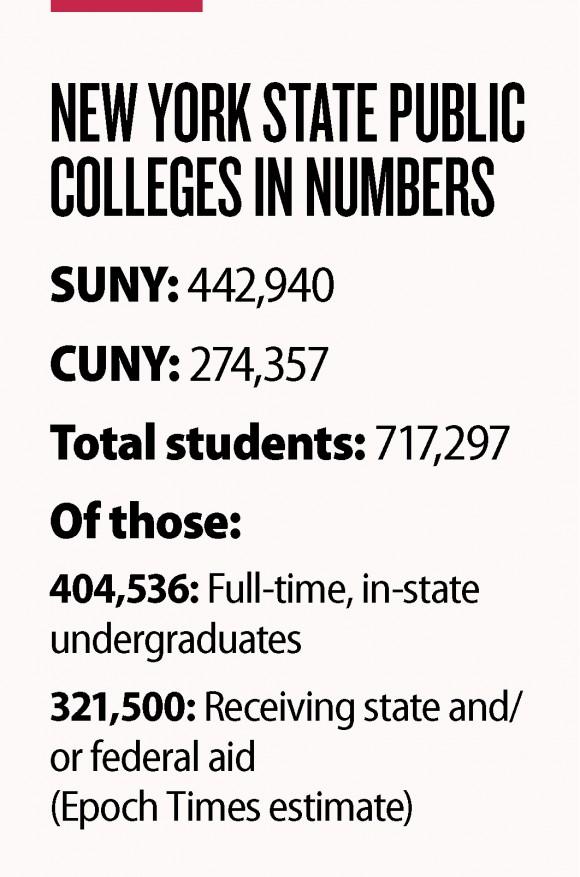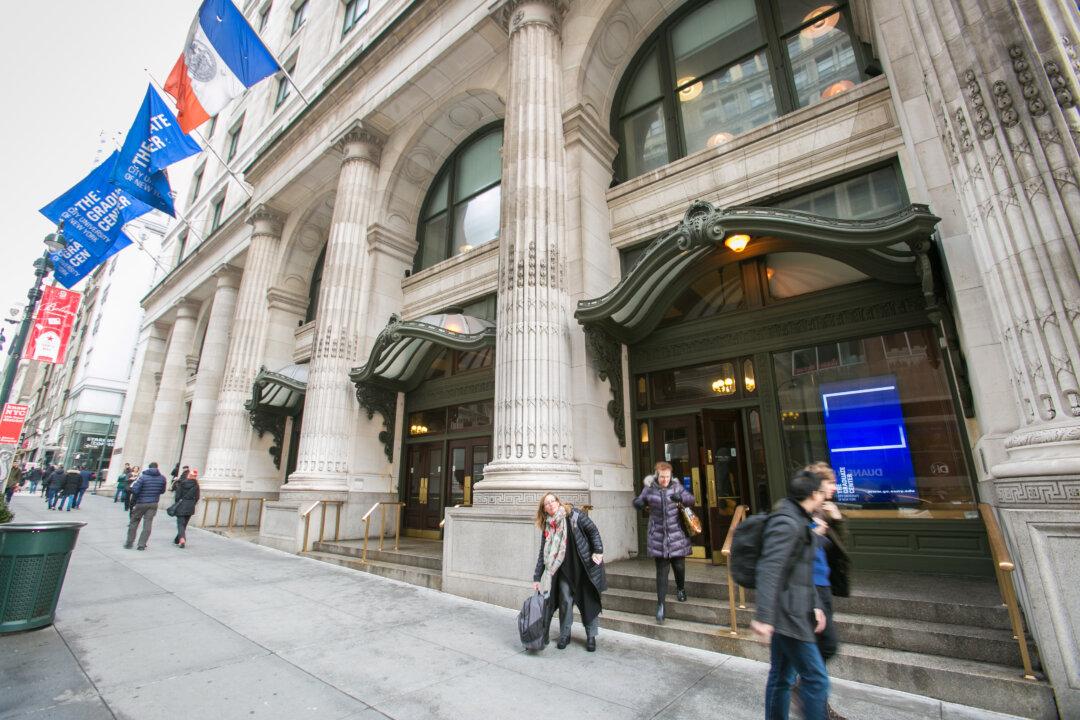NEW YORK—Gov. Andrew Cuomo estimates it will cost $163 million a year to provide tuition-free public college to New Yorkers with a family income of under $125,000.
But budget watchdogs aren’t convinced the number is in the right ballpark and Cuomo hasn’t specified how the estimate was calculated.
“It seems low,” commented Maria Doulis, vice president of the Citizens Budget Commission.
Edmund McMahon, the Empire Center for Public Policy’s research director, even called it “extremely low” in a Jan. 5 article.

*





